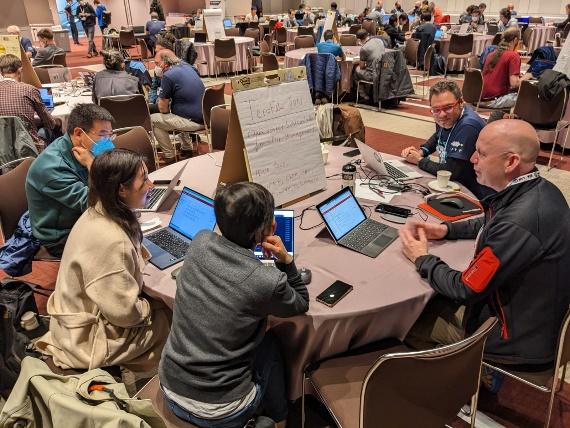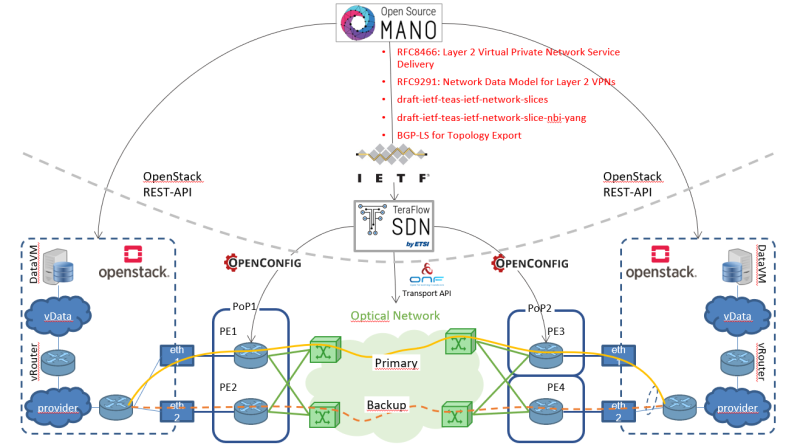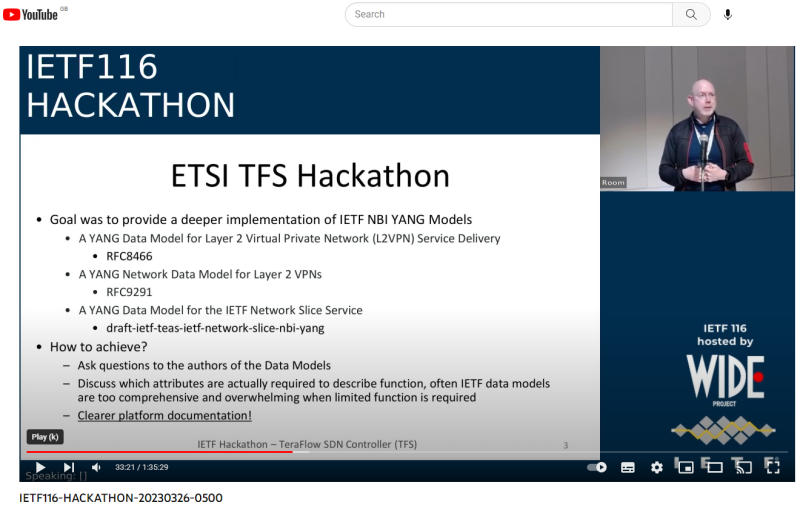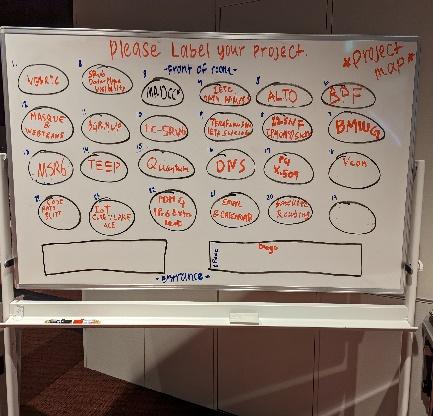Last month TeraFlow visited IETF 116 in Yokohama, Japan. Along with progressing the TeraFlow project IETF standard efforts, we organised our first TeraFlow Hackathon at this meeting.
Recent posts
These Hackathons help encourage the wider Internet community to collaborate and develop practical implementations of IETF standards. These events are free to attend and open to everyone. They also provide an excellent opportunity to showcase our project and open source platforms.
Our Hackathon Project was titled "TeraFlow SDN: OpenSource SDN controller for integrated IETF network slice management". It was supported by Lluis Gifre (CTTC), Oscar Gonzalez (Telefonica), Adrian Farrel (ODC), Emiko King (ODC), and myself. In parallel, several other notable projects were also being conducted.

Our objective for the event included disseminating the TeraFlow project to the wider IETF community and highlighting the ETSI TeraFlow SDN (TFS) controller. The Hackathon's practical aspect was implementing more capabilities described in the IETF service models, which have limited support in release 2.0 of the ETSI TFS platform. These YANG-based models were developed in the IETF to communicate service and network requirements between the service orchestrator and TFS controller via a Northbound Interface API.
Our Hackathon table was well attended, with industry and academics from around the world, visiting us to discuss the TeraFlow project and the ETSI TFS controller.

The standards themselves are very clear but comprehensive. We used the event to discuss TFS with wider industry partners and show other engineers how the TFS open source SDN controller may be used for integrated IETF network slice management.
During the event, we also worked on improvements to the TFS NBI for IETF slicing, topology export, and service models using the IETF YANG models described in red in Figure 1 (ETSI TFS Controller with OSM, using IETF service and network models). The models currently being implemented in ETSI TFS include:
- A YANG Data Model for Layer 2 Virtual Private Network (L2VPN) Service Delivery
- A YANG Network Data Model for Layer 2 VPNs
- A Framework for IETF Network Slices
- A YANG Data Model for the IETF Network Slice Service
The 2-day Hackathon session also allowed us to identify the key capabilities required for future releases of ETSI TFS. We hope to run future IETF Hackathons, and topics for the next sessions include the emerging IETF work on Inventory Management and the current Optical Device Models.

At the end of the Hackathon, we summarised our effort and plans for the future. This short presentation may be watched using the following YouTube link
Twitter: @LluisGifre @ogondio @EmikoGB @LlanOldDog


